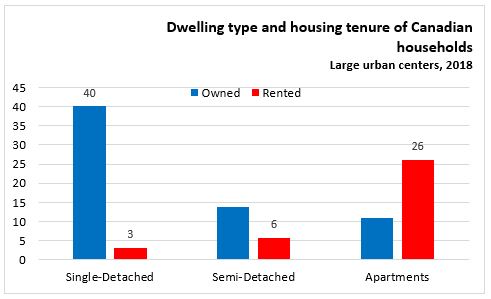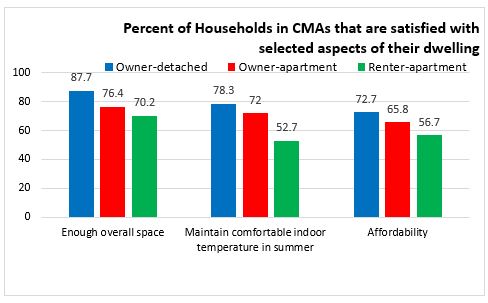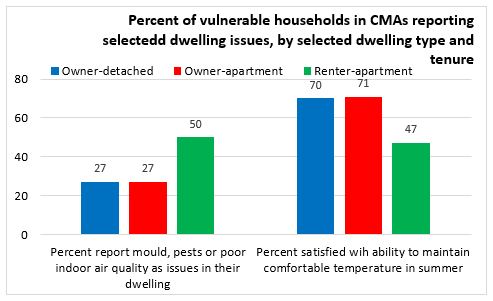The Economics and Statistics Division maintains archives of previous publications for accountability purposes, but makes no updates to keep these documents current with the latest data revisions from Statistics Canada. As a result, information in older documents may not be accurate. Please exercise caution when referring to older documents. For the latest information and historical data, please contact the individual listed to the right.
<--- Return to Archive
For additional information relating to this article, please contact:
May 04, 2020HOUSING CHARACTERISTICS AND STAYING AT HOME DURING THE COVID-19 PANDEMIC The Canadian Housing Survey is a biennial survey jointly developed by CMHC and STC to gather information on the housing needs and experiences of Canadian households. It was first fielded from November 2018 to March 2019 in all provinces and territories. The target population is private households. Collective dwellings, such as nursing homes, seniors’ residences, and shelters, are excluded. A reference person in each sampled household, identified as the household member responsible for housing decisions, was asked to complete the questionnaire. The focus on this release is on the housing characteristics in Census Metropolitan Areas (CMAs) from the Canadian Housing Survey.
In Statistics Canada’s Canadian Perspectives Survey Series (CPSS) fielded the week of March 29, 90 per cent of respondents reported they were avoiding leaving their home as part of their COVID-19 response. Information from the 2018 Canadian Housing Survey shows that the outlooks and characteristics of households in owned single detached houses and rented apartments differ considerably.

In Canada's large urban centers, the majority of households (40%) live in single detached houses that are owned. The second largest share (26%) lives in apartments that are rented.

Among households in Census Metropolitan Areas (CMAs) in the Canadian Household Survey, 70 per cent of those in rented apartments are satisfied with their overall adequacy of space compared with 88 per cent of those in owned, single detached houses. Just over half of those in rented apartments are satisfied with their ability to maintain a comfortable indoor temperature during the summer compared to 78 per cent of households in owned single detached houses.
3

In terms of financial outlook, 30 per cent of households in rented apartments experienced financial difficulties past year compared to 17 per cent of those in owner detached houses. Housing composition also differs among various dwelling types with 48 per cent of those rented apartments and 44 per cent of those in owner- apartments living alone compared to 14 per cent of those in owner detached houses.

One in five households in renter apartments report poor or fair general health compared to 11 per cent of those in owner-detached houses and 13 per cent of those in owner apartments. Among renter apartments reporting poor or fair general health, one-half (50%) report that mould, pests or poor indoor air quality are issues in their building. This compares to 27 per cent of those in owner- detached houses and owned apartments.
Statistics Canada: Housing Characteristics and physical distancing
<--- Return to Archive